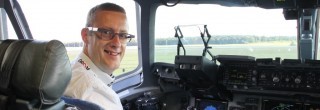“Hope for the best, prepare for the worst.” This should be the motto for anyone going hiking and camping in any season, but especially in winter. When preparing your trip, ensure you understand the challenges and risks of your destinations, including weather conditions. No one can accurately predict the weather for more than a few hours in advance, especially in the mountains, so it is important to learn about best and worst case scenarios.
Continue readingPractical Guide to Winter Hiking and Camping Expeditions – Packing List










